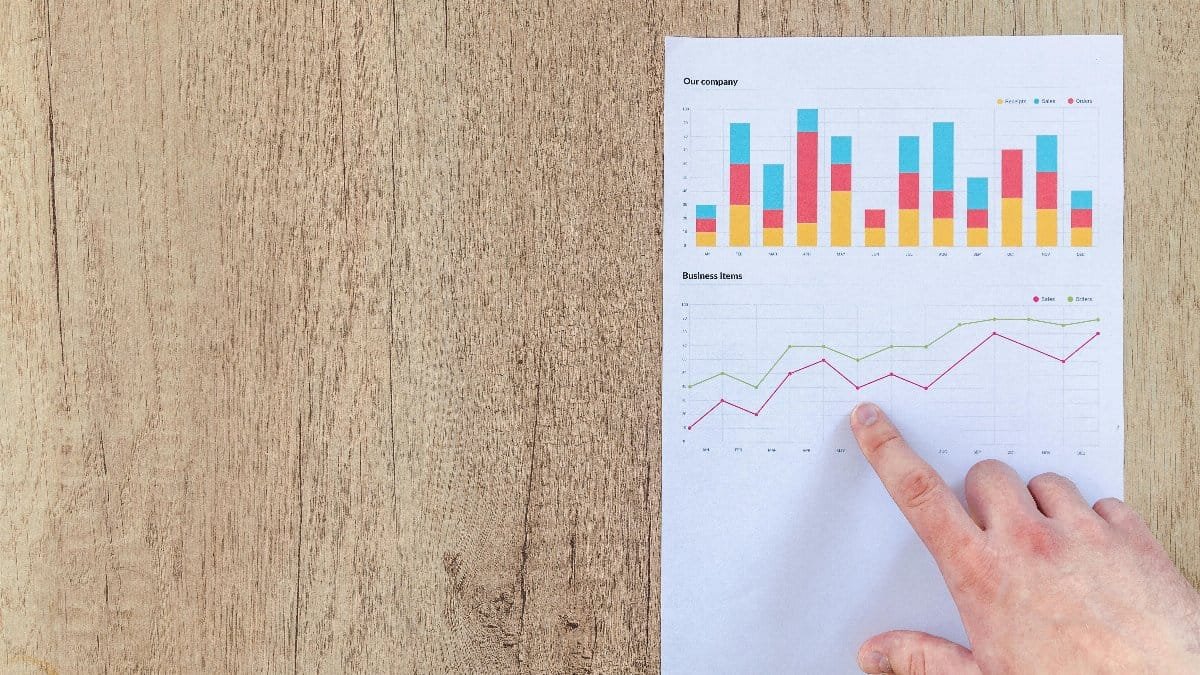In a world screaming with notifications and endless chatter, is cultivating silence power clarity the secret weapon we’ve been ignoring? New data from a 2025 survey by Pew Research shows 62% of Americans feel overwhelmed by daily noise, yet only 14% actively seek silence as a remedy. This isn’t just about tuning out—it’s about tuning in. Silence, when intentionally harnessed, can slice through mental fog and deliver a sharpness that’s almost unnerving. Here’s why this forgotten habit is making a comeback and how it’s reshaping lives.
Noise Overload: America’s Silent Crisis

Modern life is a cacophony. From social media pings to 24/7 news cycles, the average American is bombarded with over 34 gigabytes of data daily, according to a 2025 study from the University of Southern California. That’s equivalent to 100,000 words. The result? Stress, anxiety, and decision fatigue. Experts warn that without deliberate breaks, mental health takes a nosedive. Silence isn’t just a luxury—it’s a necessity for survival in this overstimulated age.
What Silence Really Does to Your Brain

Science backs the hype. A 2022 study from Duke University found that just two hours of silence per week can boost neural regeneration in the hippocampus, the brain’s memory and learning hub. It’s not about meditation or mindfulness—it’s raw, unfiltered quiet. This downtime lets your brain process, reset, and prioritize. The clarity that follows? It’s like flipping a switch from chaos to control.
Why Clarity Feels So Terrifying

Here’s the catch: silence forces confrontation. Without distractions, buried thoughts and emotions surface. Therapists note that many avoid quiet because it’s uncomfortable—truths you’ve dodged become impossible to ignore. But facing this discomfort is where power lies. Clarity isn’t always comforting, but it’s brutally effective for decision-making and self-awareness. In 2025, mental health advocates are pushing silence as a tool to reclaim personal agency.
The Workplace Edge: Silence as Strategy

Corporate America is catching on. Companies like Google and Microsoft have introduced “quiet zones” in offices, recognizing that noise kills productivity. A 2025 report from Harvard Business Review found employees in silent environments made 30% fewer errors on complex tasks. Cultivating silence power clarity isn’t just personal—it’s professional. Workers who carve out even 10 minutes of quiet daily report sharper focus and better problem-solving.
How to Start: Small Steps, Big Impact

You don’t need a monastery. Start with five minutes in the morning—phone off, no music, just stillness. Sit in a park, or even your car before work. The goal isn’t to empty your mind but to let it settle. Experts from the National Institutes of Health suggest pairing silence with deep breathing for maximum effect. Build up to 20 minutes over weeks. The shift in mental sharpness will speak for itself.
Real Stories, Real Results

Take Mark T., a 42-year-old accountant from Chicago. Buried under deadlines, he started taking silent 15-minute breaks in 2025 after a burnout scare. “I thought it was nonsense, but I’m making decisions faster now. I see solutions I missed before,” he says. His story echoes thousands shared on wellness forums. Silence isn’t a fad—it’s a practical reset for overwhelmed minds.
Barriers to Silence in 2025

Let’s be real: silence isn’t easy. Urban environments, packed schedules, and tech addiction make quiet feel impossible. A Pew Research Center report notes 55% of Americans check their phones within five minutes of waking. Breaking that cycle takes discipline. Start by identifying one “noise-free” pocket in your day. It’s a fight worth winning.
The Bigger Picture: Silence as Resistance

In a culture that glorifies hustle, choosing silence is radical. It’s a rejection of constant input and a reclaiming of mental space. As noise pollution rises—up 10% in U.S. cities since 2020, per the EPA—silence becomes a form of protest. It’s not passive; it’s powerful. Those who master it gain an edge in a distracted world.
Where to Learn More

Curious about the science or practical tips? Check resources like NIH studies on brain health or Harvard Business Review’s workplace insights. These aren’t fluff—they’re grounded in data and real-world application. Silence isn’t just a trend; it’s a tool for 2025 and beyond.
